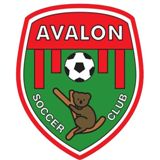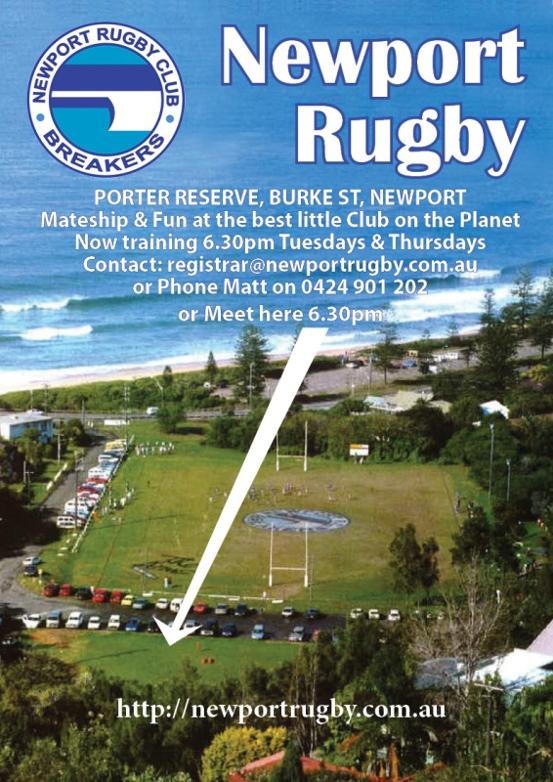“Breaking” is the only new sport making its debut at the Paris 2024 Olympics. Breaking is probably better known to most of us as breakdancing. So why is the sport officially called breaking, and how is something so freestyle and subjective going to play out as a scored sport in Paris this summer?
The origins of breaking are somewhat debatable, although most agree its roots can be traced to 1970s house parties in the Bronx area of New York hosted by DJ Kool Herc, the founder of hip-hop. Breaking was performed on the dance floor by so-called B-boys and B-girls when the music tracks were “breaking” – meaning all that could be heard was the percussion track.
Throughout the 1980s the phenomenon garnered international exposure via music videos and movies such as Flashdance (1983), Breakin’ (1984) and Beat Street (1984). This is also when the media started to use the term “breakdancing”. However, breakers never add “dance” on the end, as this term came from outsiders rather than the hip-hop community, as one of the breaking pioneers Crazy Legs has pointed out.
While the idea of testing each other in format-free “cyphers” (when people gather in a circle and somebody freestyles in the middle) has always been fundamental to breakers, the importance and the number of organised breaking competitions has steadily grown with commercialisation and codification of the activity.
There have always been two main formats: crew competitions and one-on-one solo battles, which have manifested the individualism, creativity and self-expression of breakers. Still, as with many alternative activities evolving into sports, like skateboarding or surfing, the governance and competition frameworks have remained fragmented until recently.
It was not until 2018 that breaking became officially governed by the World DanceSport Federation. However, major competitions still exist outside the official governance, such as Red Bull BC One and the Battle of the Year, that arguably carry more credibility within the breaking community.
Why the Olympics?
Since the Olympic Agenda 2020 – a road map for the Olympic movement based on the three pillars of credibility, sustainability and youth – the IOC has continued to modernise the Olympic programme to make it more attractive to a wider and younger audience.
Undoubtedly, the inclusion of breaking fits well with that overall strategy – there has been nothing similar to breaking on the programme in terms of its creativity, affordability (no tools or equipment needed) and its urban nature. It is also fair to say though that breaking made it to Paris 2024 thanks to the insistence of the host country.
Apart from the usual core Olympic programme, the host country of each Olympics has five additional slots that they can fill with the sports of their preference. I analysed the Tokyo 2020 Games to find that when it came to its medal tally, Japan benefited from local favourites like karate, skateboarding, baseball and softball.
Los Angeles 2028 will add flag football (a variant of American football), lacrosse, cricket and squash. Bizarrely, Paris 2024 may well be the only time we will see breaking in the Olympics in the foreseeable future, although the World DanceSport Federation (WDSF) is determined to ensure it returns in Brisbane 2032.
What we will see in Paris?
There are a lot of odd new terms to learn if you have never watched a breaking contest, such as “turtle freeze”, “six-steps” and “coin drop”. However, the format of Olympic competition is very straightforward: 16 B-boys and 16 B-girls will battle it out head-to-head under the lights of the Place de la Concorde.
There is a three-part qualifier for the games, so no doubt each of those qualifying athletes will be in the history books. Already qualified through WDSF World and continental championships are some heavy favourites, such as B-boys Victor (US) and Danny Dan (France), and B-girls India (Netherlands) and Nicka (Lithuania).
The last 14 will be decided by the top-ranked 80 breakers at the dedicated Olympic qualifier series in Shanghai in May and Budapest in June. To make the competition diverse, the IOC has limited each country to a maximum of two B-boys and two B-girls, while introducing two universal places that provide opportunities to smaller and emerging nations.
As in any creative sport, there are inevitable questions about scoring in breaking. Indeed, there is always going to be a substantial degree of subjectivity, but not drastically more than in established Olympic sports like gymnastics, synchronised swimming or figure skating.
Traditionally, three or five judges have been used in major breaking contests. However, this number has increased to nine in the Olympic framework, presumably to minimise subjectivity and risk of errors.
The trivium judging system that will be used in Paris was developed by influential B-boy Storm and DJ Renegade for the 2018 Youth Olympics, and has been fine-tuned through the series of WDSF events since.
It is based on six criteria to decide the winner of each battle: creativity, personality, technique, variety, performativity and musicality – this means connecting to a musical track that is not known in advance.
The breaking community has always been very close and informal, and some breakers and judges might find the new formalities of sporting frameworks unusual. However, there is still one unique feature that will hopefully survive the formalisation – it is the only sport where the judges have to perform for the athletes and spectators.
This usually happens before the competition starts and is called “the judges’ showcase”. University lecturer Rachael Gunn, aka B-girl Raygun, (who won the Oceania Breaking Championships and qualified for the Olympics) sees this unique practice as a symbolic gesture, a demonstration that underscores the unity and shared passion between contestants and those judging them.
So don’t forget to tune in early on August 9 and 10 to witness this special celebration before following this exciting contest when we will see the first-ever Olympic breaking champions crowned.

Looking for something good? Cut through the noise with a carefully curated selection of the latest releases, live events and exhibitions, straight to your inbox every fortnight, on Fridays. Sign up here.![]()
Mikhail Batuev, Lecturer in Sport Management, Department of Sport, Exercise and Rehabilitation, Northumbria University, Newcastle
This article is republished from The Conversation under a Creative Commons license. Read the original article.
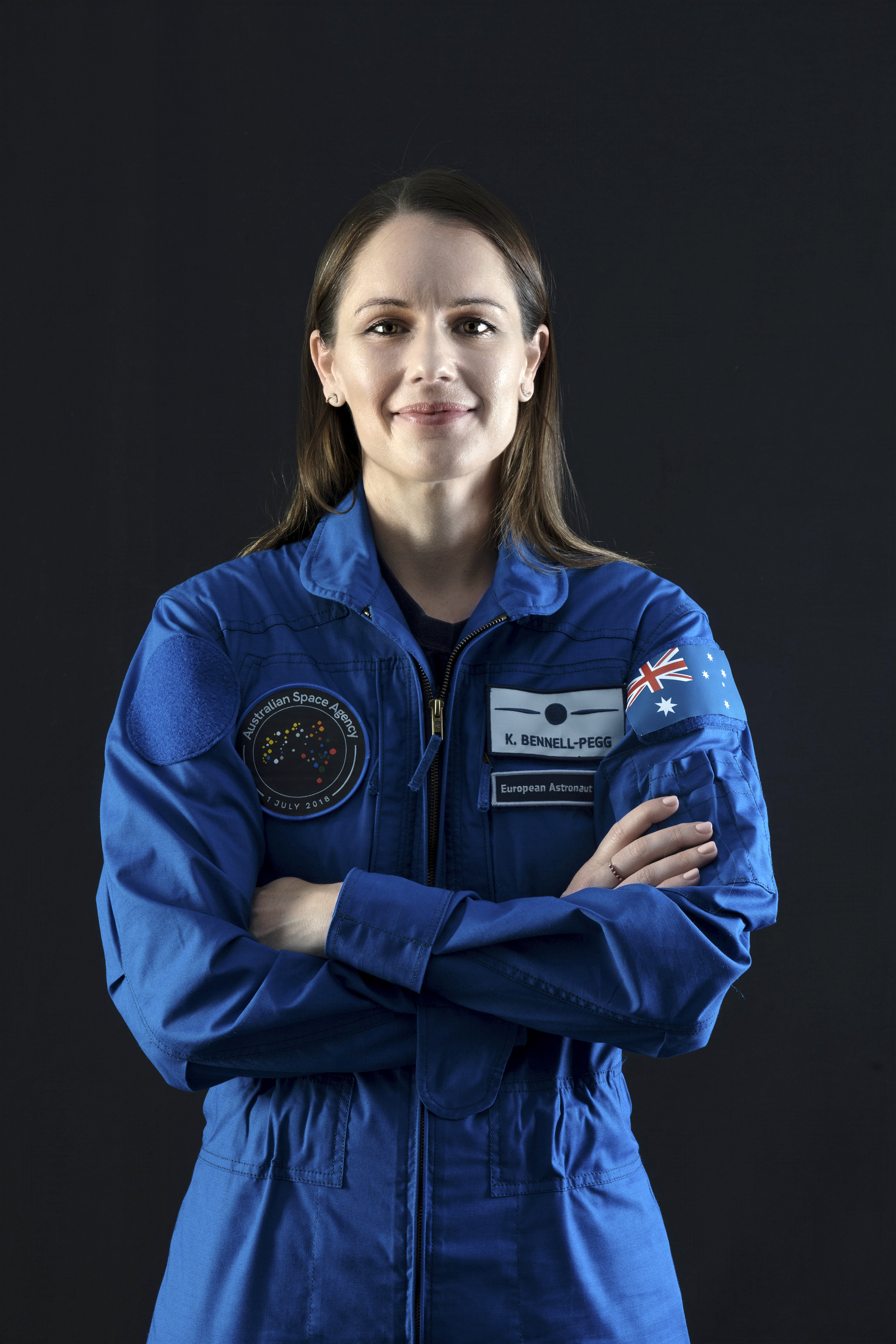
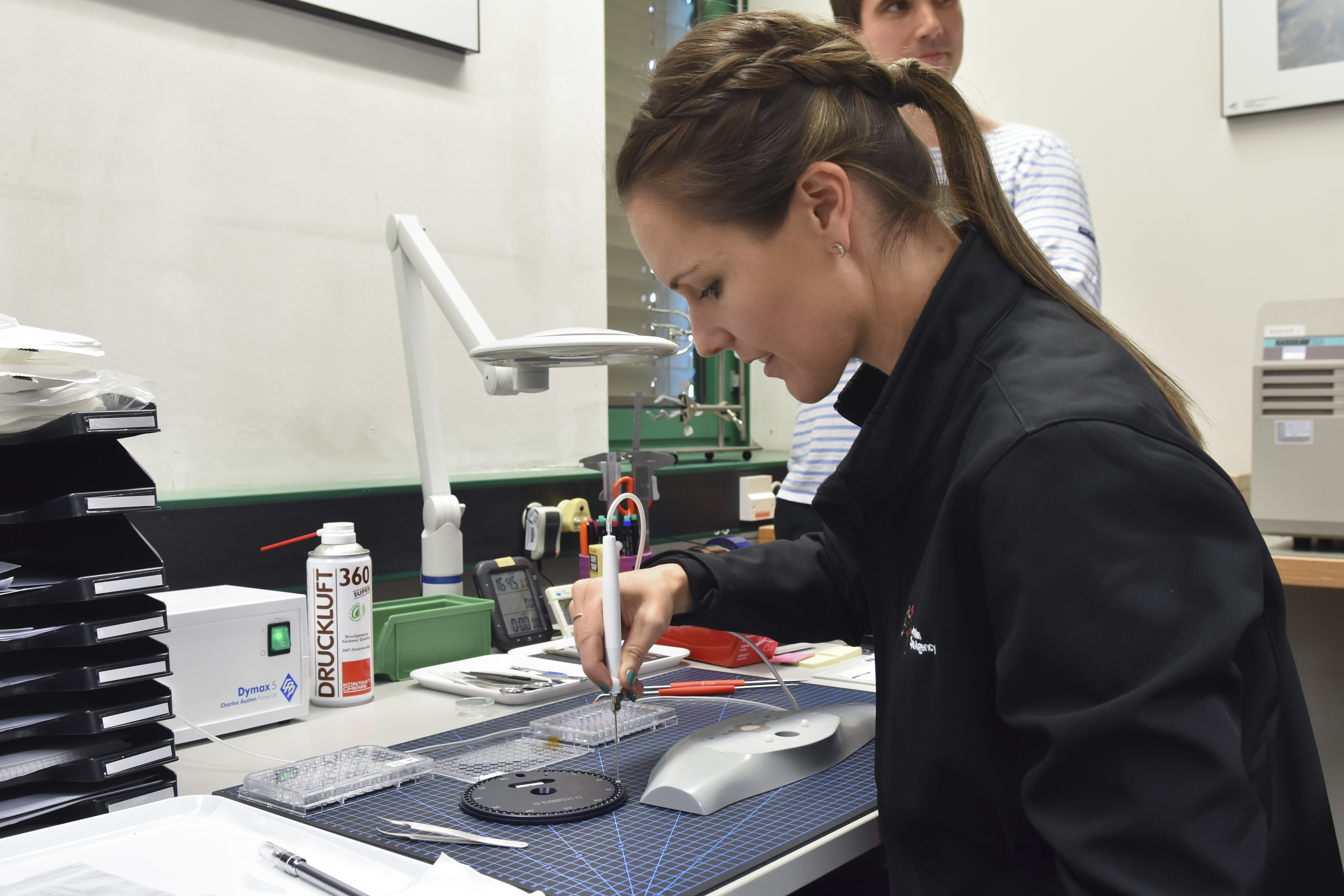
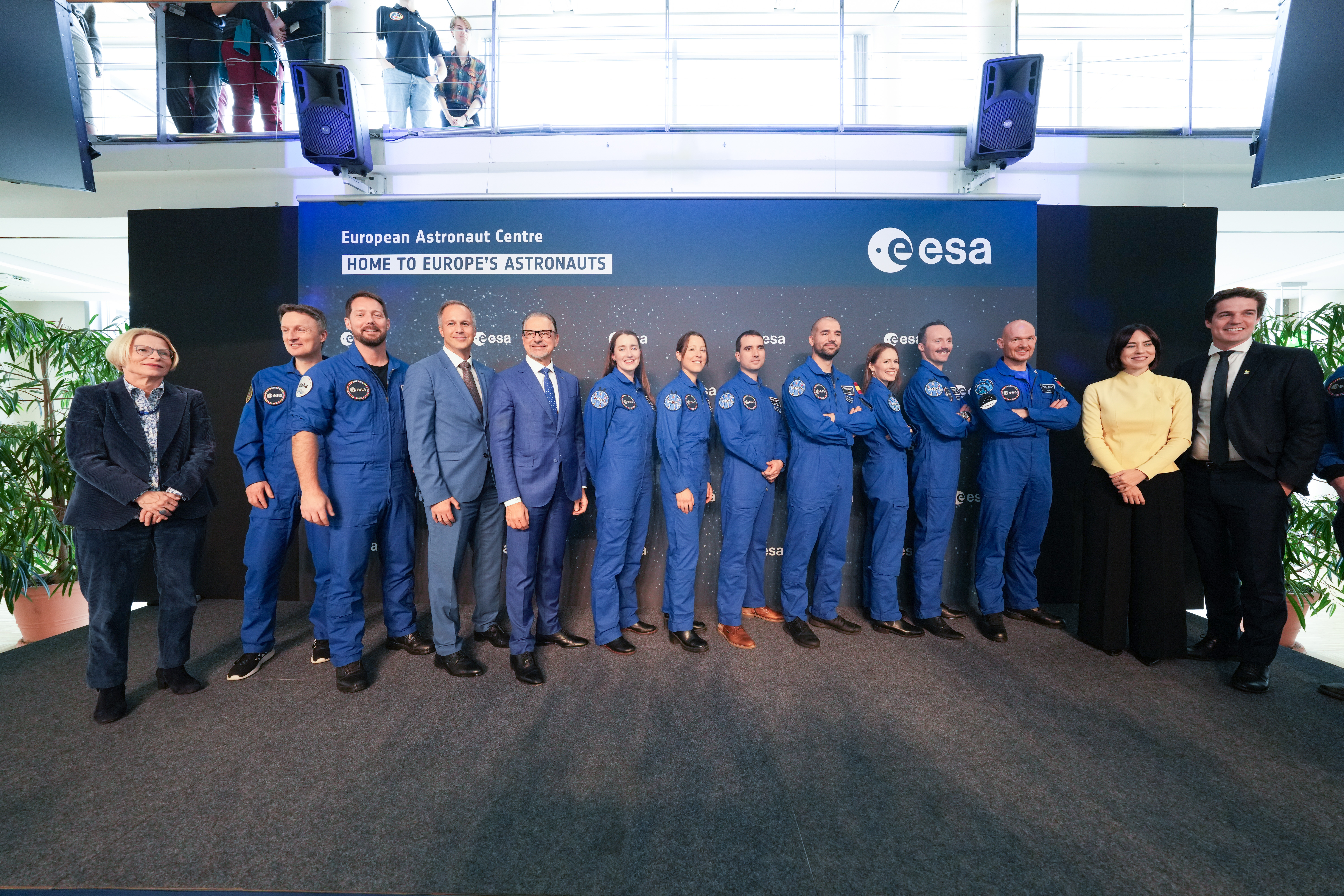
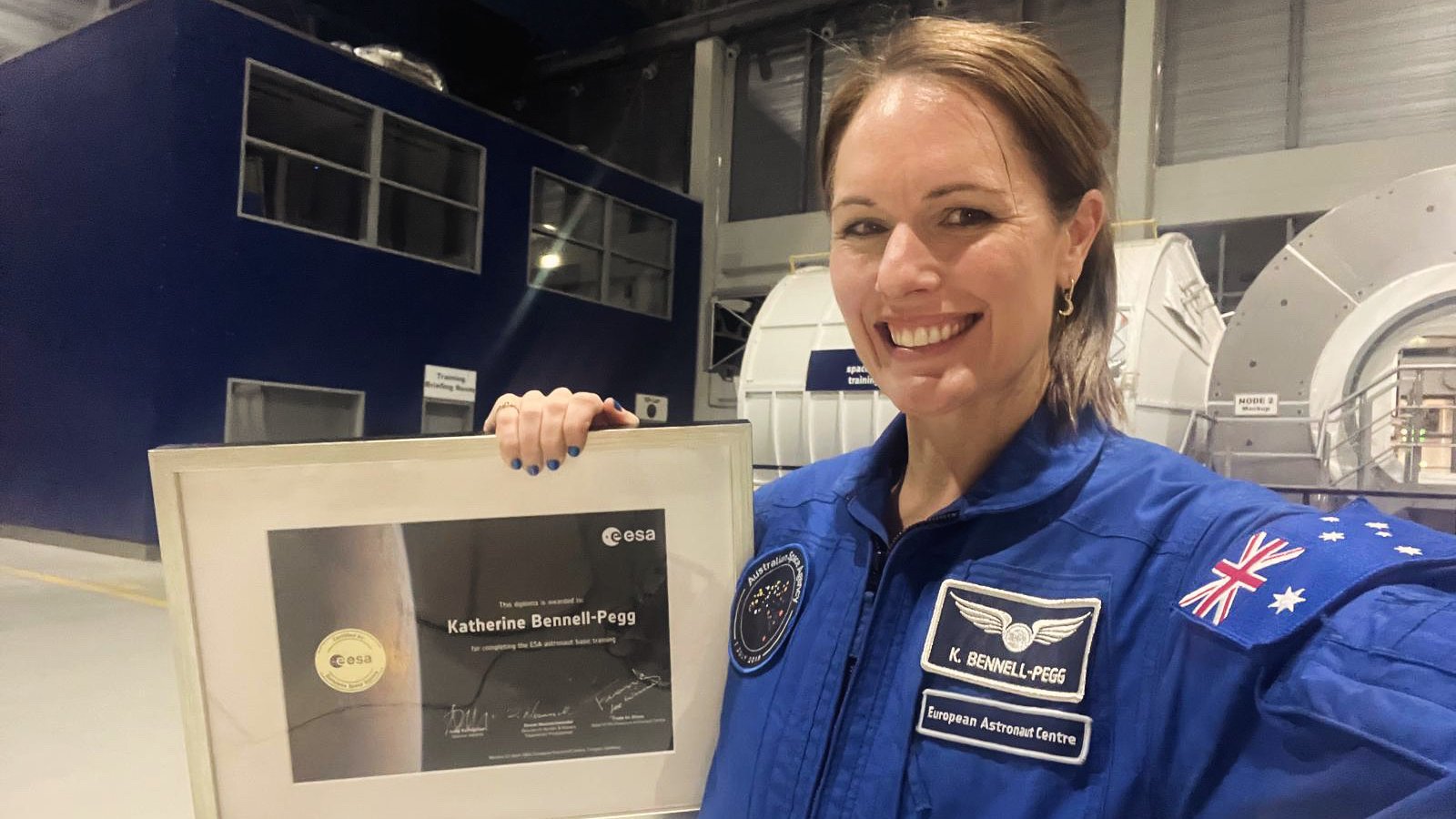
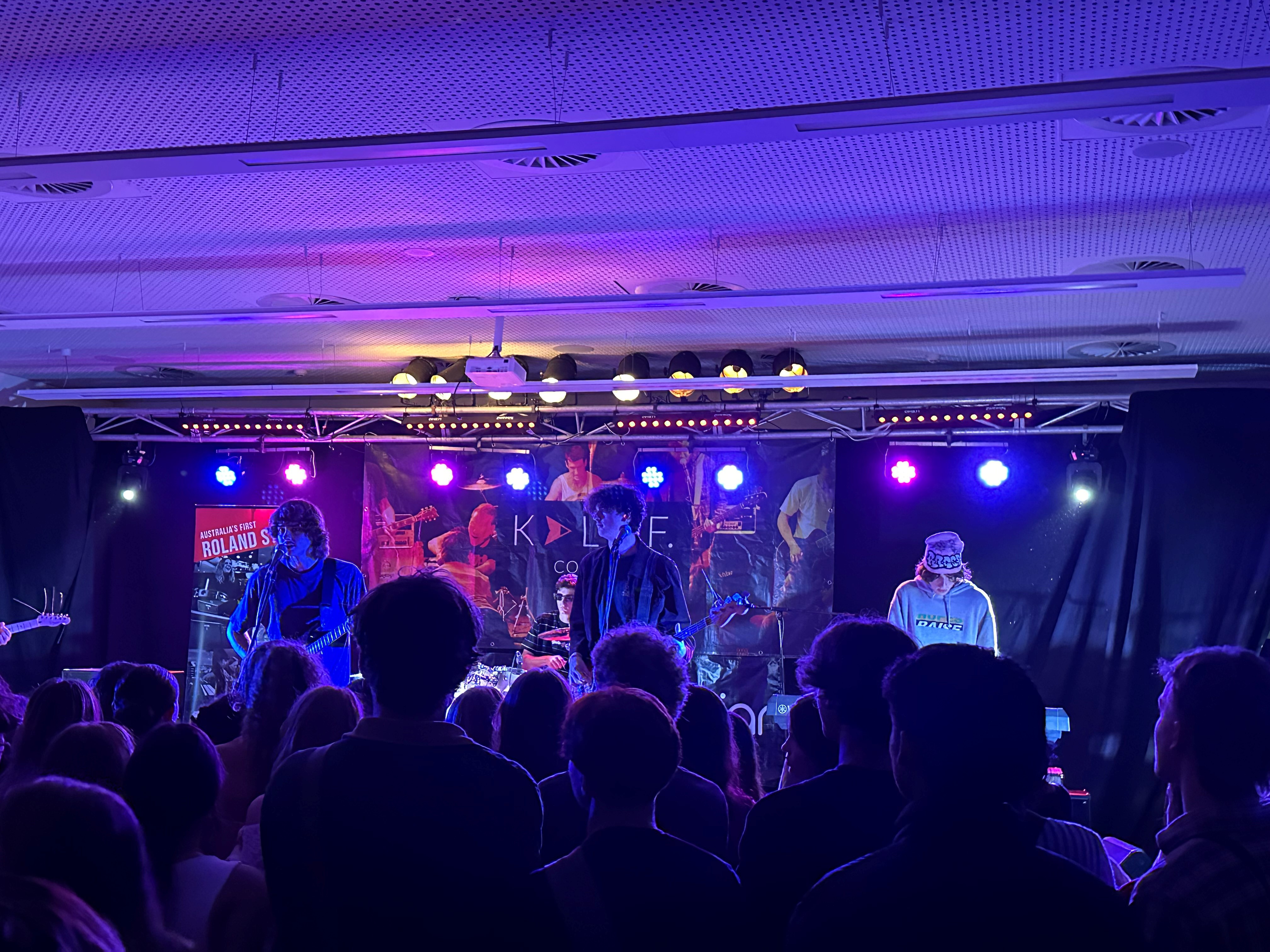
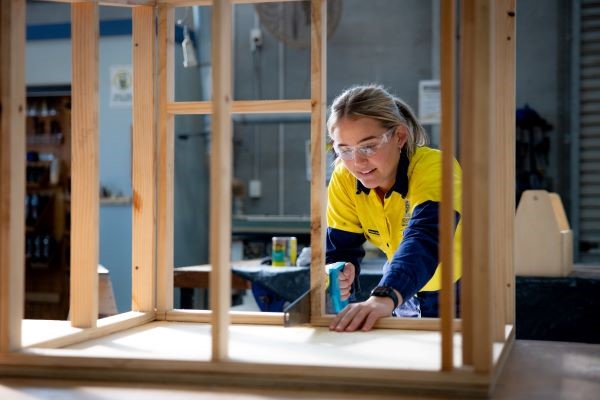
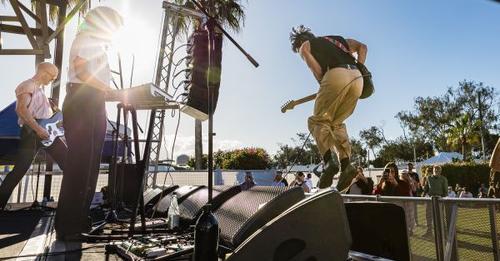 Musicians and artists are set to receive a boost under the NSW Government with the opening of grants focused on rebuilding the NSW touring circuit.
Musicians and artists are set to receive a boost under the NSW Government with the opening of grants focused on rebuilding the NSW touring circuit.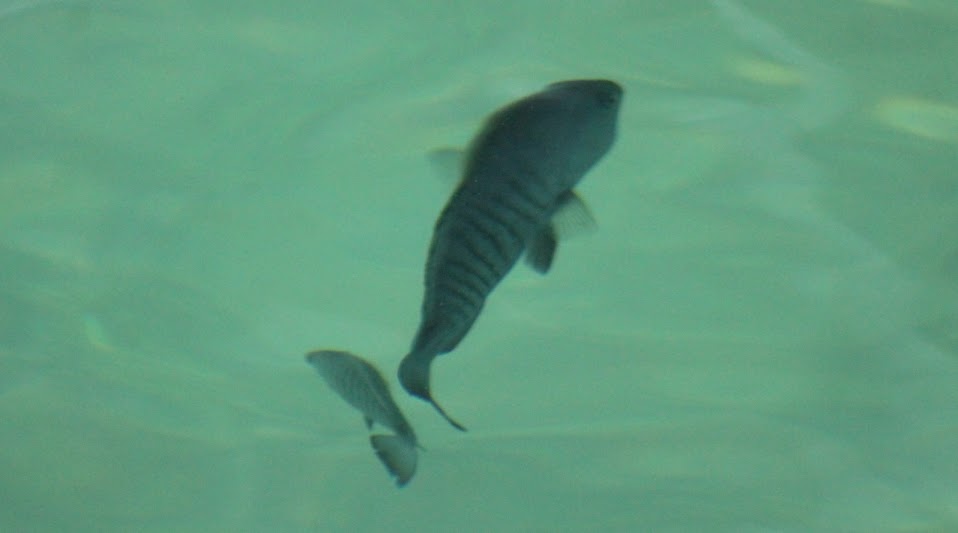
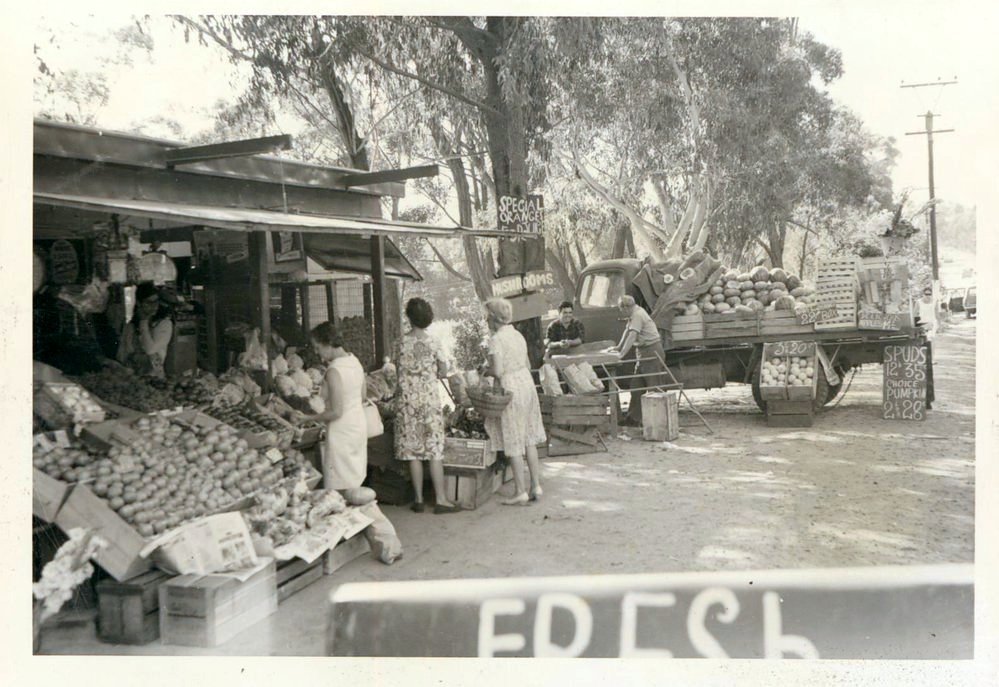
_Will_Be_Removed_(5598101411).jpg?timestamp=1714085091760)
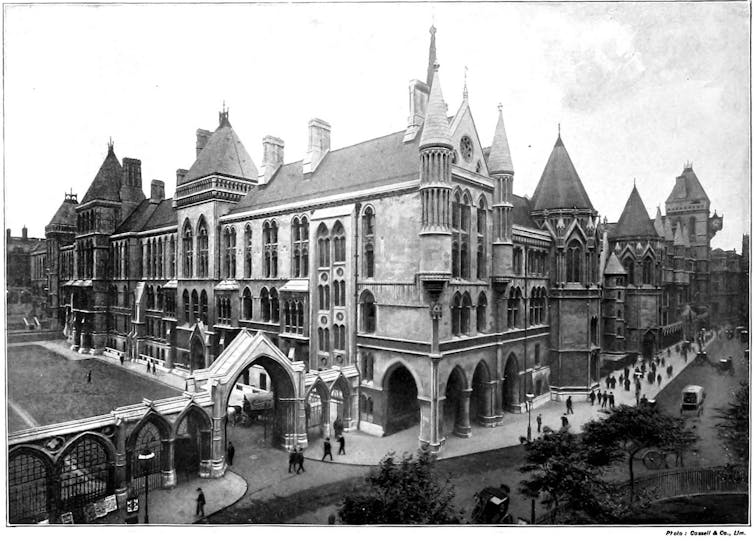

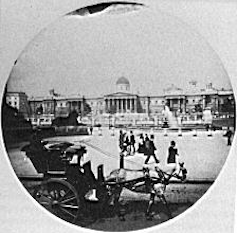
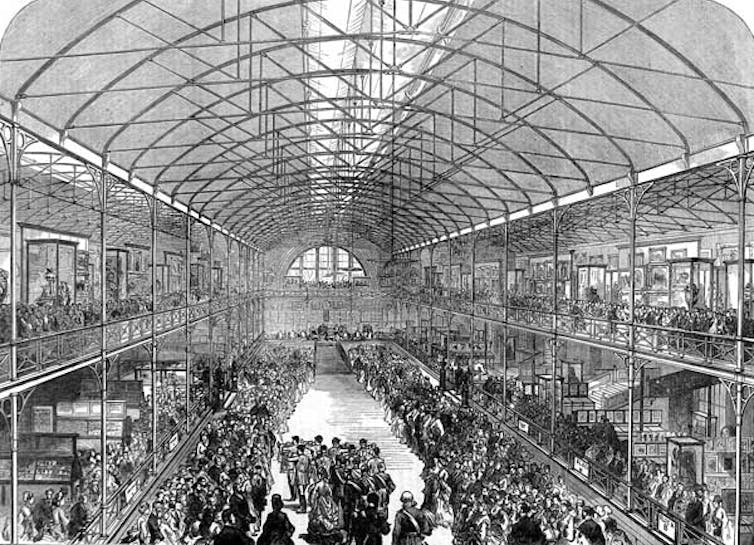
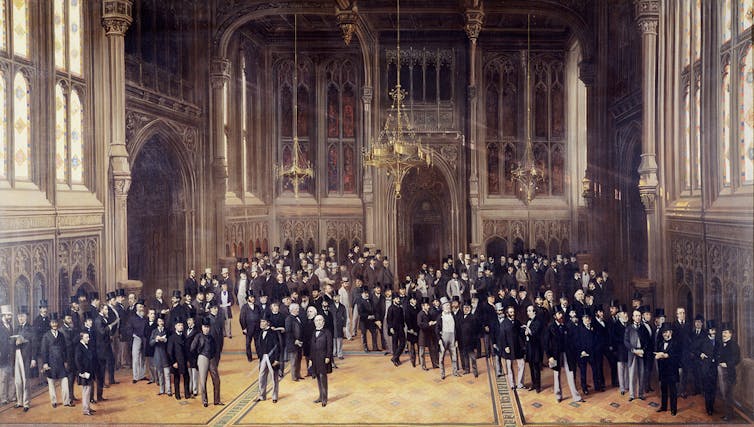



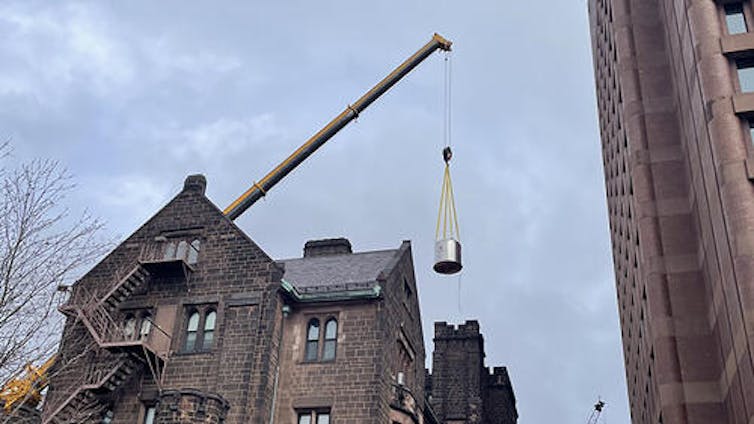
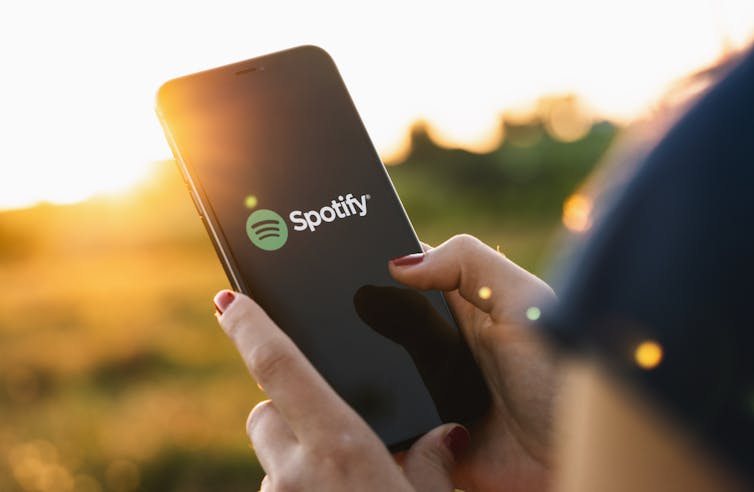
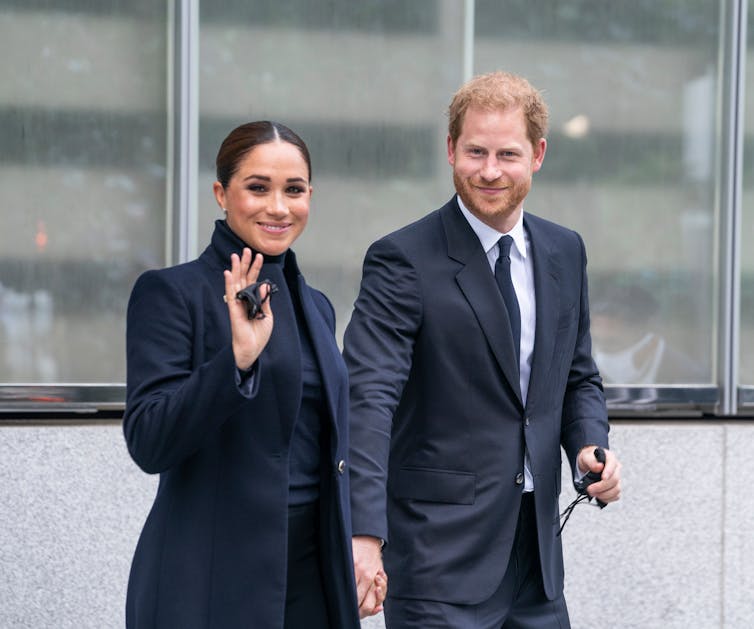
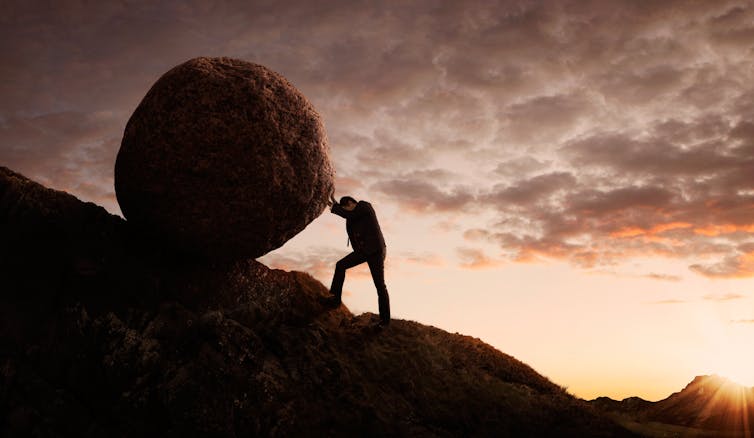



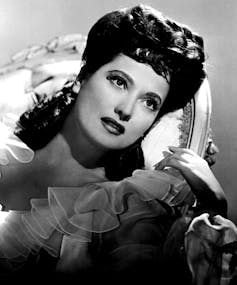
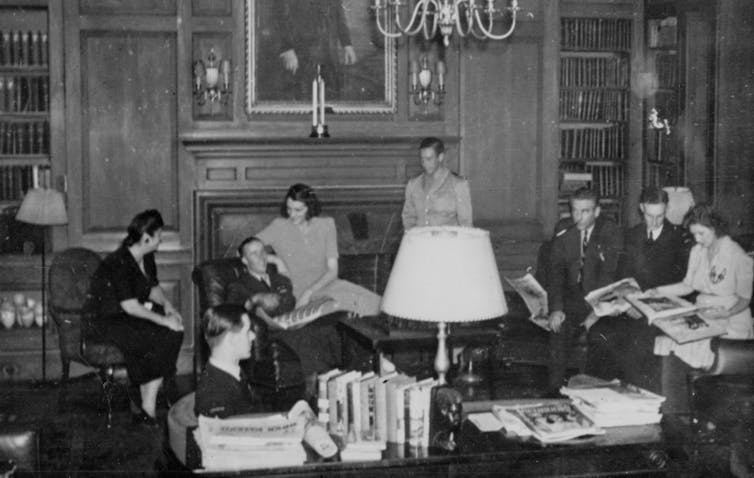

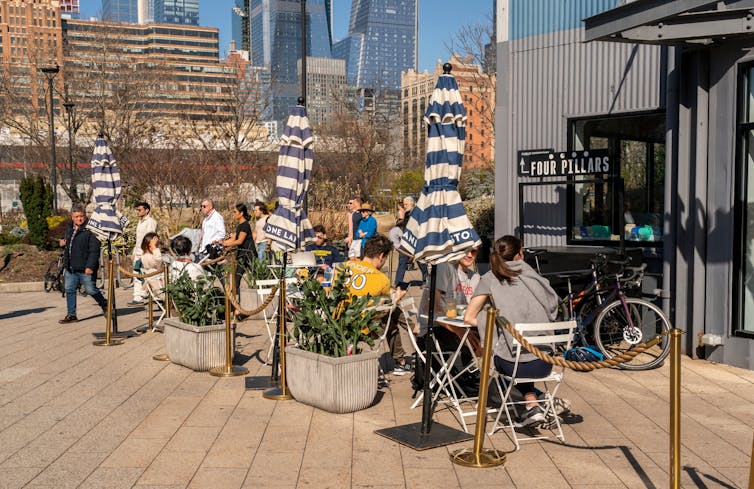
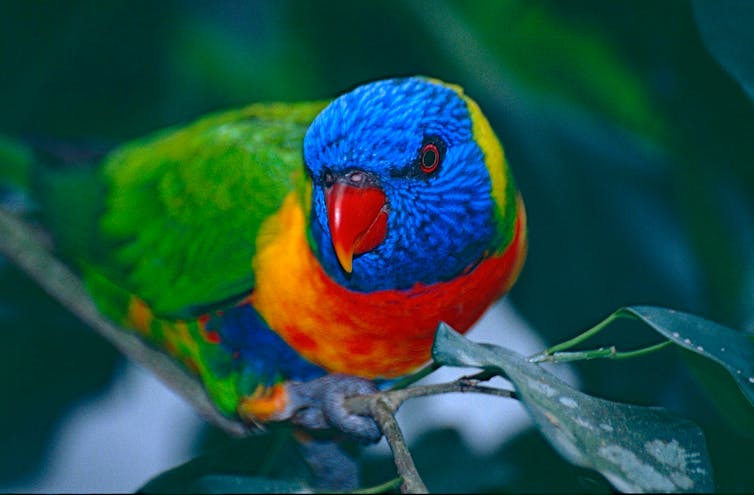

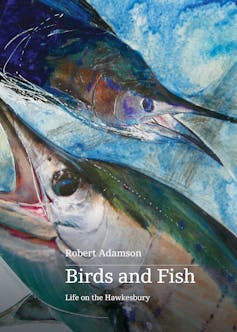
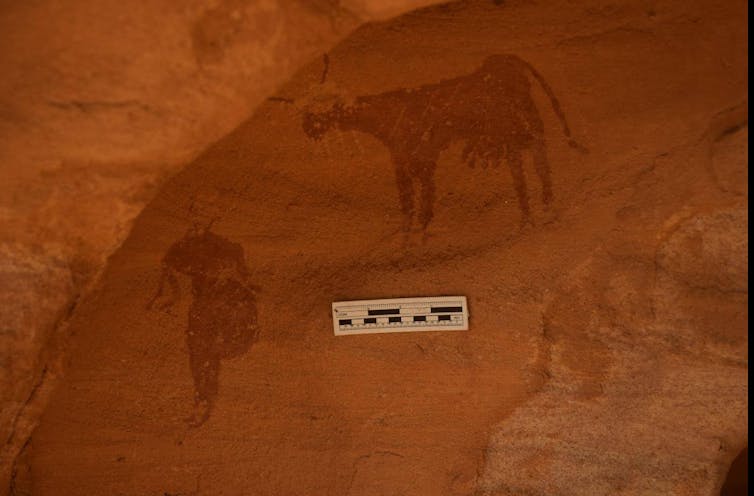
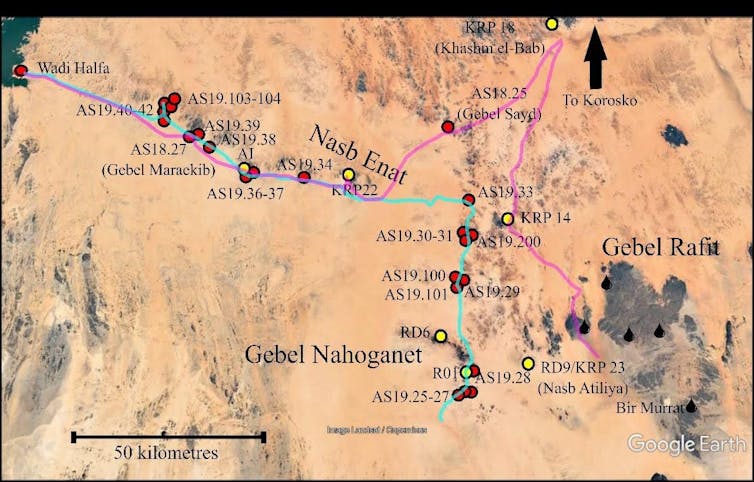
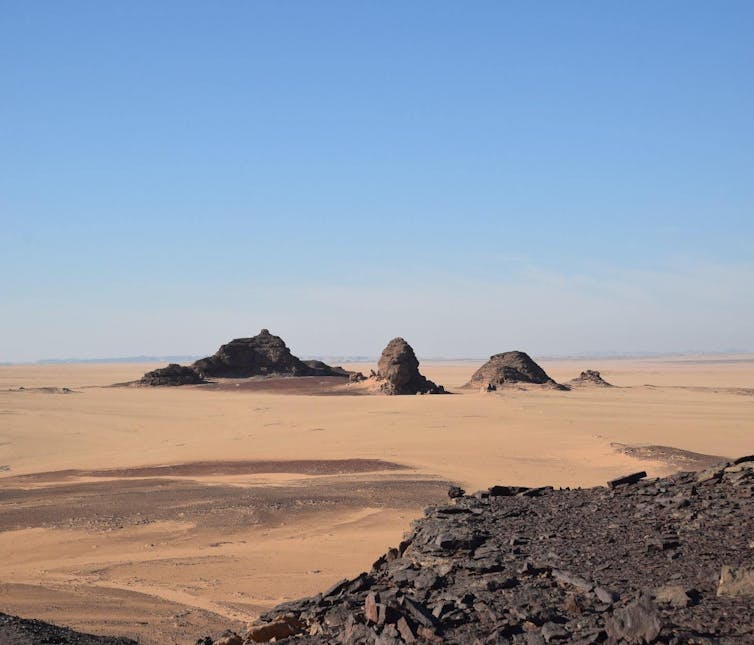

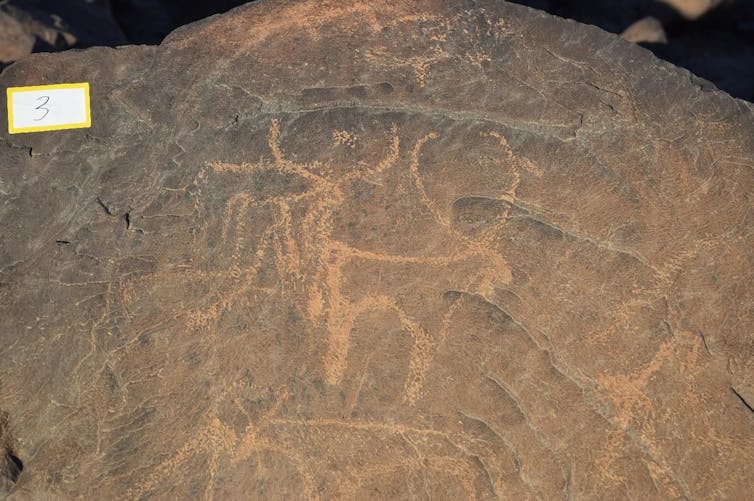
.png?timestamp=1714090453996) Alan Marshall AM, (2 May 1902 – 21 January 1984) was an Australian writer, story teller, humanist and social documenter.
Alan Marshall AM, (2 May 1902 – 21 January 1984) was an Australian writer, story teller, humanist and social documenter.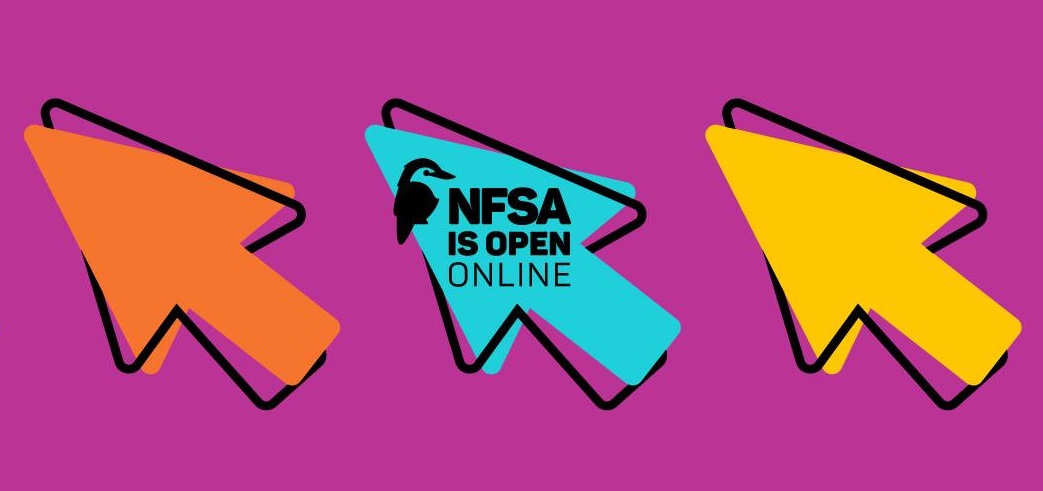
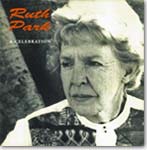 The National Library of Australia provides access to thousands of ebooks through its website, catalogue and eResources service. These include our own publications and digitised historical books from our collections as well as subscriptions to collections such as Chinese eResources, Early English Books Online and Ebsco ebooks.
The National Library of Australia provides access to thousands of ebooks through its website, catalogue and eResources service. These include our own publications and digitised historical books from our collections as well as subscriptions to collections such as Chinese eResources, Early English Books Online and Ebsco ebooks.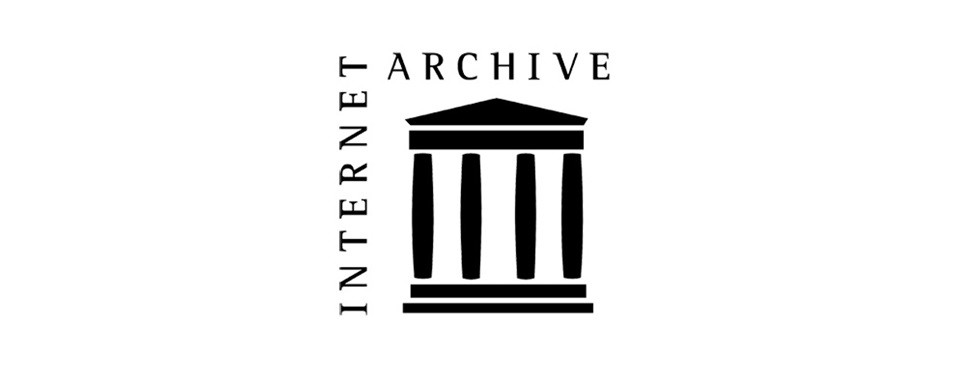
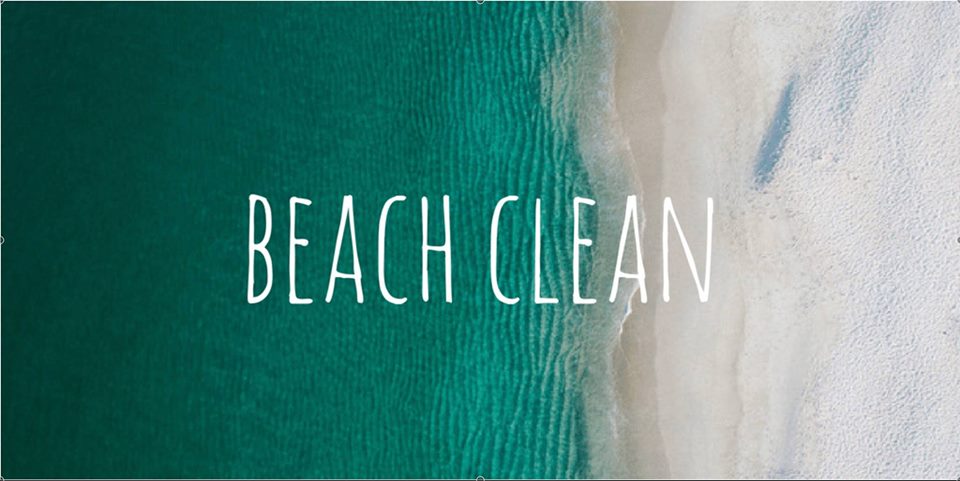
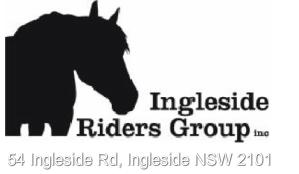 Ingleside Riders Group Inc. (IRG) is a not for profit incorporated association and is run solely by volunteers. It was formed in 2003 and provides a facility known as “Ingleside Equestrian Park” which is approximately 9 acres of land between Wattle St and McLean St, Ingleside. IRG has a licence agreement with the Minister of Education to use this land. This facility is very valuable as it is the only designated area solely for equestrian use in the Pittwater District.
Ingleside Riders Group Inc. (IRG) is a not for profit incorporated association and is run solely by volunteers. It was formed in 2003 and provides a facility known as “Ingleside Equestrian Park” which is approximately 9 acres of land between Wattle St and McLean St, Ingleside. IRG has a licence agreement with the Minister of Education to use this land. This facility is very valuable as it is the only designated area solely for equestrian use in the Pittwater District. 

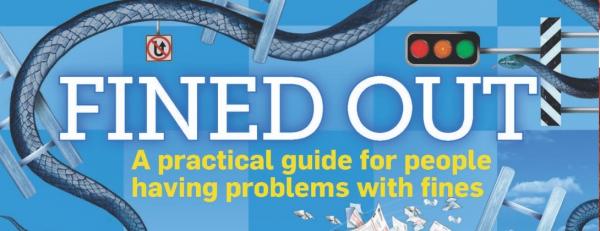 Legal Aid NSW has just published an updated version of its 'Fined Out' booklet, produced in collaboration with Inner City Legal Centre and Redfern Legal Centre.
Legal Aid NSW has just published an updated version of its 'Fined Out' booklet, produced in collaboration with Inner City Legal Centre and Redfern Legal Centre.
